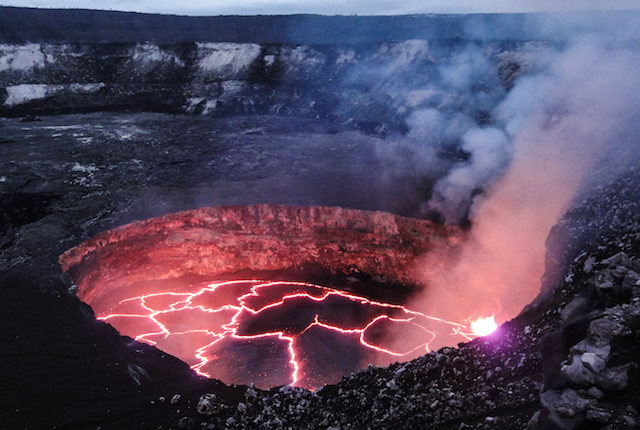
Photo courtesy of Flickr/U.S. Geological Survey
Nothing humbles us more than a spectacular performance by Mother Nature. Case-in-point: earlier this month, the Pu'u O'o crater on the Kilauea volcano formed a smiley face out of lava. Paradise Helicopters captured the image over the Big Island of Hawaii, where the volcano has been active for 33 years. In fact, it also happens to be one of the most active volcanoes in the world. So what do you need to know before coming face-to-face with one of these geological wonders? Here, we compiled a guide that'll make even your high school science teachers proud.
Notice: Undefined offset: 4 in /nas/content/live/stagingstmllc/wp-content/plugins/smartertravel-shared/includes/ads/includes/api.php on line 92
Notice: Undefined offset: 5 in /nas/content/live/stagingstmllc/wp-content/plugins/smartertravel-shared/includes/ads/includes/api.php on line 92
Notice: Undefined offset: 6 in /nas/content/live/stagingstmllc/wp-content/plugins/smartertravel-shared/includes/ads/includes/api.php on line 92
Notice: Undefined offset: 4 in /nas/content/live/stagingstmllc/wp-content/plugins/smartertravel-shared/includes/ads/includes/api.php on line 98
Notice: Undefined index: pass_through_args in /nas/content/live/stagingstmllc/wp-content/plugins/smartertravel-shared/includes/ads/includes/api.php on line 158
Notice: Undefined index: wrapper in /nas/content/live/stagingstmllc/wp-content/plugins/smartertravel-shared/includes/ads/includes/api.php on line 159
Notice: Undefined offset: 4 in /nas/content/live/stagingstmllc/wp-content/plugins/smartertravel-shared/includes/ads/includes/api.php on line 92
Notice: Undefined offset: 5 in /nas/content/live/stagingstmllc/wp-content/plugins/smartertravel-shared/includes/ads/includes/api.php on line 92
Notice: Undefined offset: 6 in /nas/content/live/stagingstmllc/wp-content/plugins/smartertravel-shared/includes/ads/includes/api.php on line 92
Notice: Undefined offset: 4 in /nas/content/live/stagingstmllc/wp-content/plugins/smartertravel-shared/includes/ads/includes/api.php on line 98
Notice: Undefined index: pass_through_args in /nas/content/live/stagingstmllc/wp-content/plugins/smartertravel-shared/includes/ads/includes/api.php on line 158
Notice: Undefined index: wrapper in /nas/content/live/stagingstmllc/wp-content/plugins/smartertravel-shared/includes/ads/includes/api.php on line 159
Notice: Undefined offset: 4 in /nas/content/live/stagingstmllc/wp-content/plugins/smartertravel-shared/includes/ads/includes/api.php on line 92
Notice: Undefined offset: 5 in /nas/content/live/stagingstmllc/wp-content/plugins/smartertravel-shared/includes/ads/includes/api.php on line 92
Notice: Undefined offset: 6 in /nas/content/live/stagingstmllc/wp-content/plugins/smartertravel-shared/includes/ads/includes/api.php on line 92
Notice: Undefined offset: 4 in /nas/content/live/stagingstmllc/wp-content/plugins/smartertravel-shared/includes/ads/includes/api.php on line 98
Notice: Undefined index: pass_through_args in /nas/content/live/stagingstmllc/wp-content/plugins/smartertravel-shared/includes/ads/includes/api.php on line 158
Notice: Undefined index: wrapper in /nas/content/live/stagingstmllc/wp-content/plugins/smartertravel-shared/includes/ads/includes/api.php on line 159
A Primer on Hawaii's Shield Volcanoes
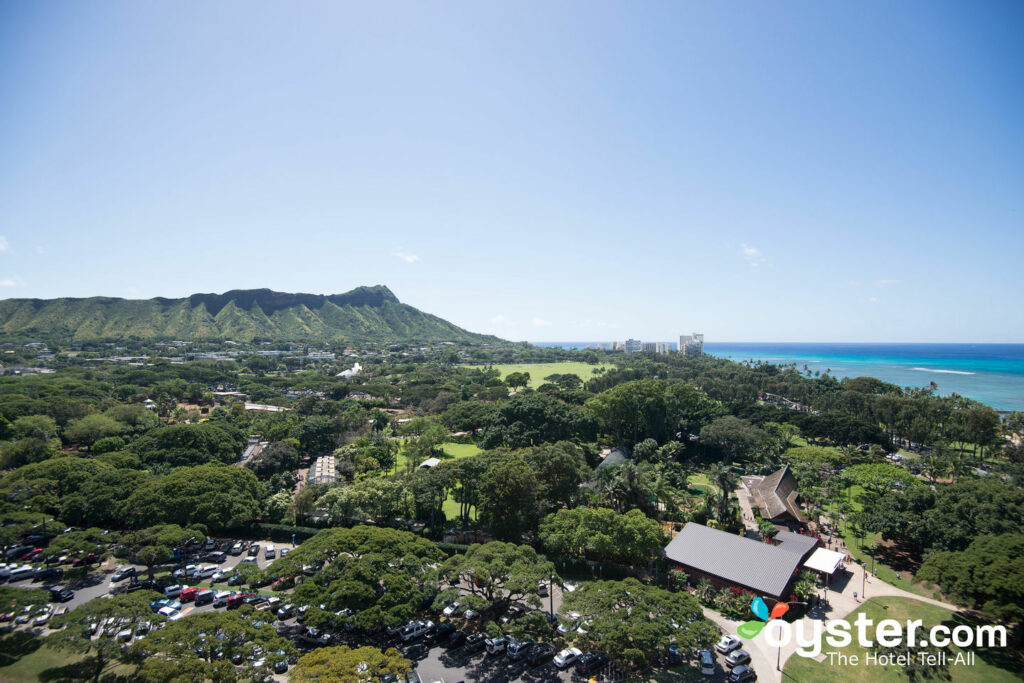
Hawaii, or The Aloha State as its more affectionately known, is comprised of a chain of eight islands that formed from a hot spot. As the Pacific Plate (a tectonic plate that lies beneath the Pacific Ocean) shifted westward over the hot spot, new islands formed. Today, that hot spot is still active. Each island is made up of one or more shield volcanoes (think Kilauea and Mauna Kea), which have gentle sloping angles. This is unlike stratovolcanoes, which are shaped like cones (think Mount Vesuvius in Campania, Italy). Stratovolcanoes also have violent eruptions while Hawaii’s volcanoes are basalt flows that are less explosive. This bring us to the next topic: lava.
The Different Types of Lava
Photo courtesy of Flickr/sodai gomi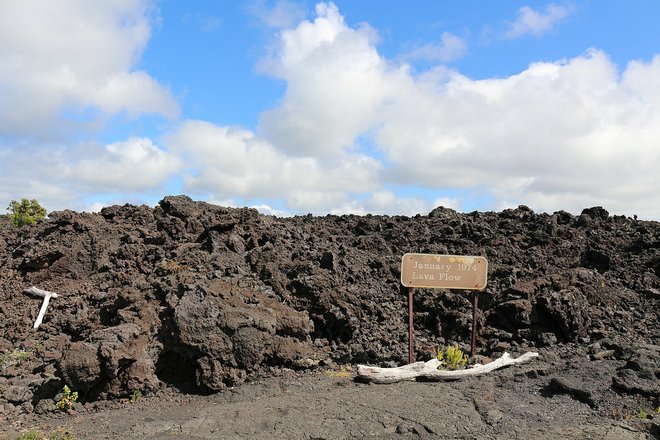
You’ll notice two distinct formations of basaltic lava while walking on the Kohala Coast or in Hawaii Volcanoes National Park on the Big Island of Hawaii. Pahoehoe features a smooth, ribbon-like lava flow while a’a (pronounced ah-ah) is sharp and chunky in appearance. The two varieties look different due to the viscosity and speed at which they were formed. A’a is the result of a quick lava flow and pahoehoe is created from a slow flow. But regardless of type, you’ll want to wear thick-bottomed shoes while hiking.
Hawaii's Goddess of Fire
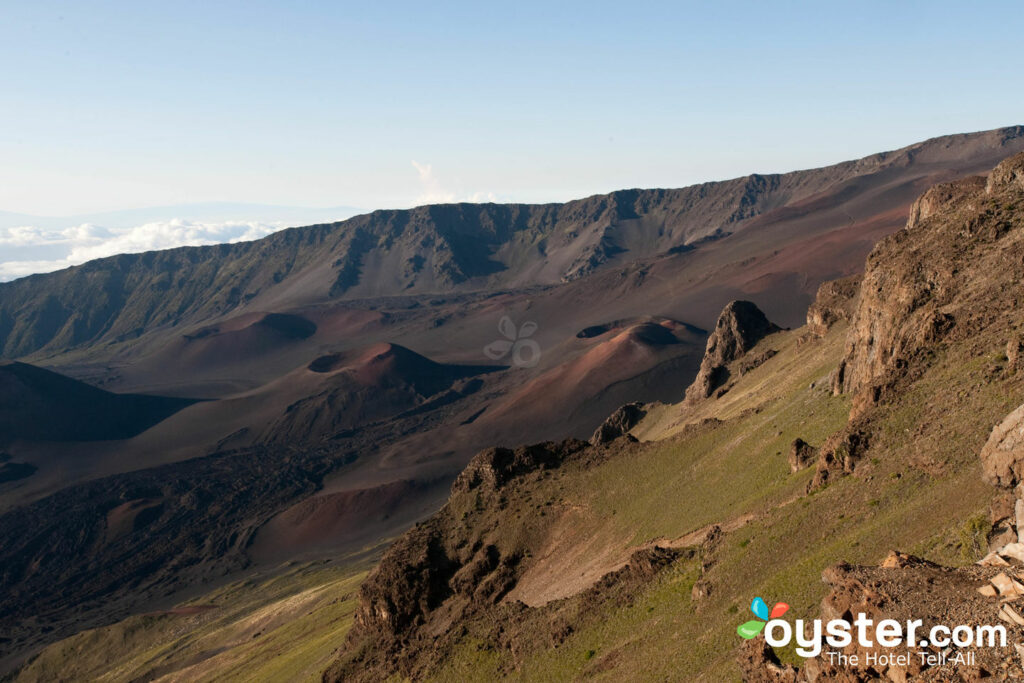
Remember this motto when visiting a lava field in Hawaii: look but don’t touch. To native Hawaiians, lava is believed to be part of the body of Pele, the Goddess of Fire. The lava glass, which resembles golden strands of hair, is often even called Pele’s hair. They get their shape when lava droplets are shot into the air and quickly harden. A word to the wise: avoid coming into contact with this as the fiberglass can easily get stuck under the skin. Lastly, bringing the lava rocks home is not only a federal offense, but it’s also considered disrespectful to the deity, who, according to legend, has quite a fiery temper.
What Is Vog and Is it Safe?
Photo courtesy of Flickr/Kenneth Lu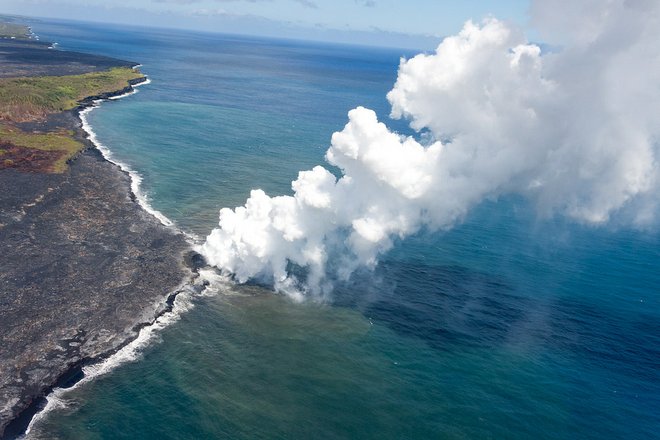
You’ve heard of fog and smog, but have you heard of vog? It’s yellowish-brown volcanic pollution that’s made up of sulfur dioxide, carbon dioxide, and other gases. In 2008, a new opening formed at the crater of Kilauea, increasing the sulfur emissions in Hawaii. Vog can cause throat and eye irritation, headaches, and a runny nose. Those with asthma or respiratory problems should stay inside and avoid outdoor activity when vog levels are high. For updates on vog conditions, visit the County of Hawaii Civil Defense or the Hawaii State Department of Health websites.
Where to See Active Lava
Photo courtesy of Flickr/Upsilon Andromedae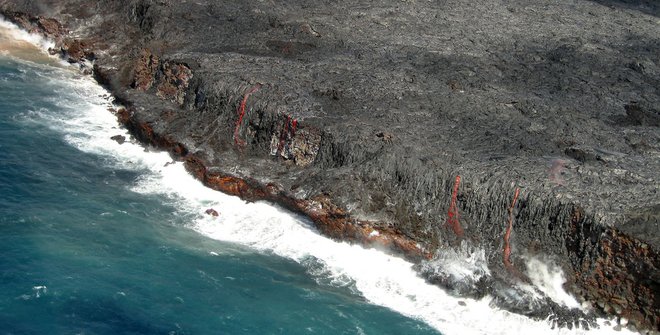
Sure, you can witness Hawaii’s volcano movements from a webcam, but we suggest strapping on your hiking boots and experiencing it up close and personal. The first stop: Kilauea volcano. The hikes to and from the active flows can often be grueling and hot with no shade from trees. Tip: Jaggar Museum also offers a top-notch viewing area of the crater. If it’s your first time visiting the volcano, consider booking a guided tour.
Walk Through a Lava Tube
Photo courtesy of Flickr/Sarah-Rose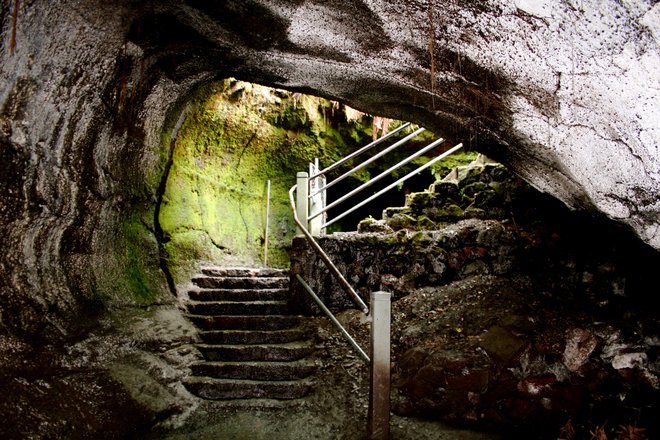
It’s an eery, yet magical experience to walk into the fern-flanked Thurston Lava Tube and traverse the cave that was filled with lava hundreds of years ago. Located in Hawaii Volcanoes National Park, the lava tube (also known as Nahuku) was discovered by Lorrin Thurston in 1913. At about 600 feet long, it’s also considered one of the more easily accessible caves in Hawaii. And in case you’re wondering, lava tubes are formed when the outer surface of a lava channel cools and hardens, but the interior continues to flow. Once the interior drains out, a hollow tube remains.
Swim in Queen's Bath
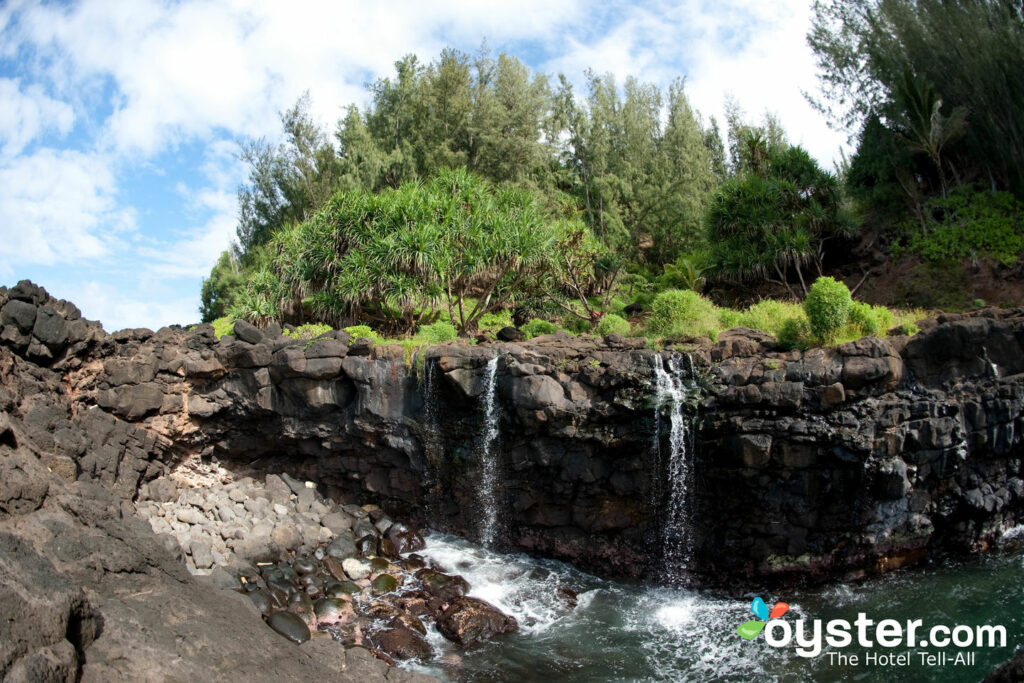
Bathe like royalty in the Queen’s Bath, a sinkhole that’s surrounded by lava rocks on the north shore of Kauai in the town of Princeville. Years ago, there was a sunken lava tube on the Big Island that was used by royalty and went by the name of Queen’s Bath. When it was destroyed by lava in 1980, the tide pool on Kauai took on the title instead. But swim at your own risk — this natural tide pool can be dangerous when the surf is high. In fact, people have drowned after being swept off the rocks. It’s important to check the surf report before venturing out.
Hike a Volcano and See Snow
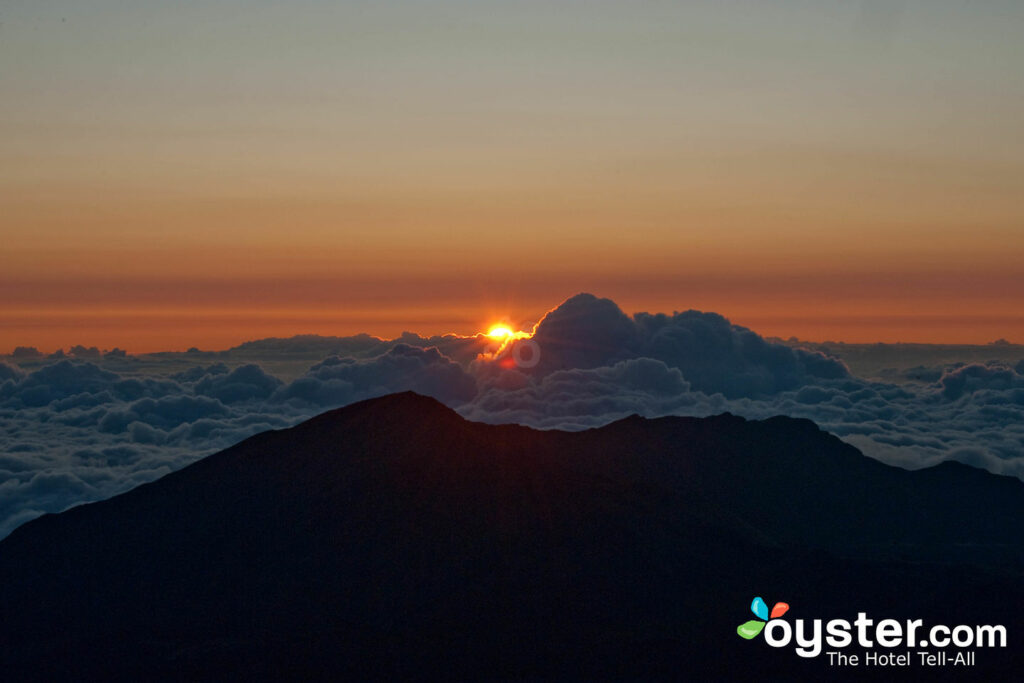
Snow in Hawaii? Yes, really. Haleakala National Park, which is located on the eastern side of Maui, is a dormant shield volcano that’s so high up that it’s usually 20 degrees colder than at sea level. The journey to the summit, which sits 10,023 feet above sea level, takes about three hours from Kihei beach. Here, expect temperatures between 40 and 65 degrees as well as occasional snowfall. As for what to do once you reach the top, there’s horseback riding, hiking, and even camping. The volcano also hosts the Haleakala Observatory and private companies offer stargazing opportunities.
Related Stories:
- Here’s how to eat like a True Local in Hawaii
- Best Beach Hotels is Waikiki
- No Passport Required: 7 Incredible Island Getaways in the U.S.
All products are independently selected by our writers and editors. If you buy something through our links, Oyster may earn an affiliate commission.